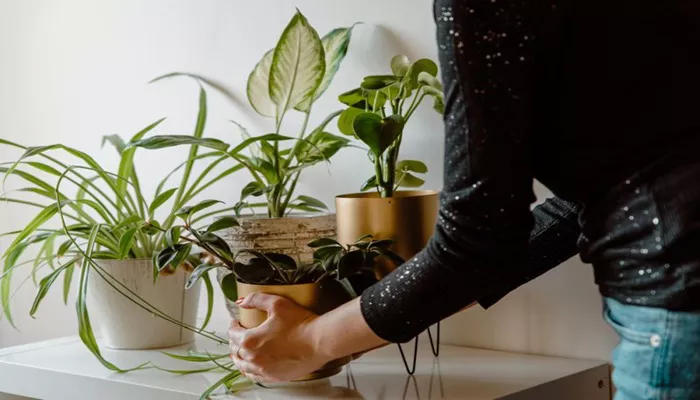For many houseplant enthusiasts, fertilizing is a key part of plant care. However, not all indoor plants need regular feeding. Fertilizer provides essential nutrients that can boost plant growth, but some houseplants do well with minimal or no fertilization. Here’s a look at five hardy houseplants that can thrive without frequent feeding.
1. ZZ Plant
The ZZ plant is renowned for its resilience and low-maintenance needs. It can tolerate neglect, including infrequent watering and lack of fertilizer. This plant prefers a bright spot but can adapt to lower light conditions. It has structural stems and glossy leaves, growing slowly to about three feet in height over several years.
Care Tips: Water the ZZ plant when the top few inches of soil are dry. It will grow more robustly with adequate light and water, but it does not require frequent fertilizing.
2. Aspidistra
Commonly known as the cast-iron plant, the Aspidistra is celebrated for its durability. It can thrive in poor conditions, including low light and inconsistent watering. This plant is a popular choice for those seeking an easy-care indoor plant.
Care Tips: The Aspidistra prefers bright, indirect light but can survive in lower light conditions. Water when the top inch of soil is dry. Fertilizing is not essential but can benefit the plant if done sparingly.
3. Aloe Vera
Aloe Vera is a versatile succulent known for its soothing gel. This plant does well in sunny spots and is tolerant of dry conditions and poor soil. It grows slowly but is easy to propagate once it matures.
Care Tips: Provide Aloe Vera with some direct sunlight and ensure good drainage. It is drought-tolerant and does not need frequent fertilizing.
4. Snake Plant
The Snake Plant, or Sansevieria, is another low-maintenance choice. It can grow well without much fertilization, preferring to be pot-bound. Over-fertilizing can lead to unwanted growth patterns.
Care Tips: Snake Plants tolerate low light but thrive with a few hours of direct sunlight. Water when the soil is completely dry. Avoid excessive fertilization to prevent improper growth.
5. Pothos
Pothos is an excellent choice for hanging baskets, with its long, trailing vines. It grows rapidly even with minimal fertilization. Over-fertilizing can cause yellowing of the leaves, so it’s best to feed sparingly.
Care Tips: Keep Pothos well-watered and in appropriate light conditions. It benefits from occasional fertilizing during the growing season, but regular feeding is not necessary.
These houseplants offer an easy-care option for those who might not have time for regular fertilization. With the right care, they will thrive and add a touch of greenery to your home without demanding frequent feeding.
Related topics:
- Can Plants Grow on the Moon?
- How to Make Your Garden Look Great All Winter, Even in Freezing Weather
- How to Control Invasive Plants and Protect Local Ecosystems


